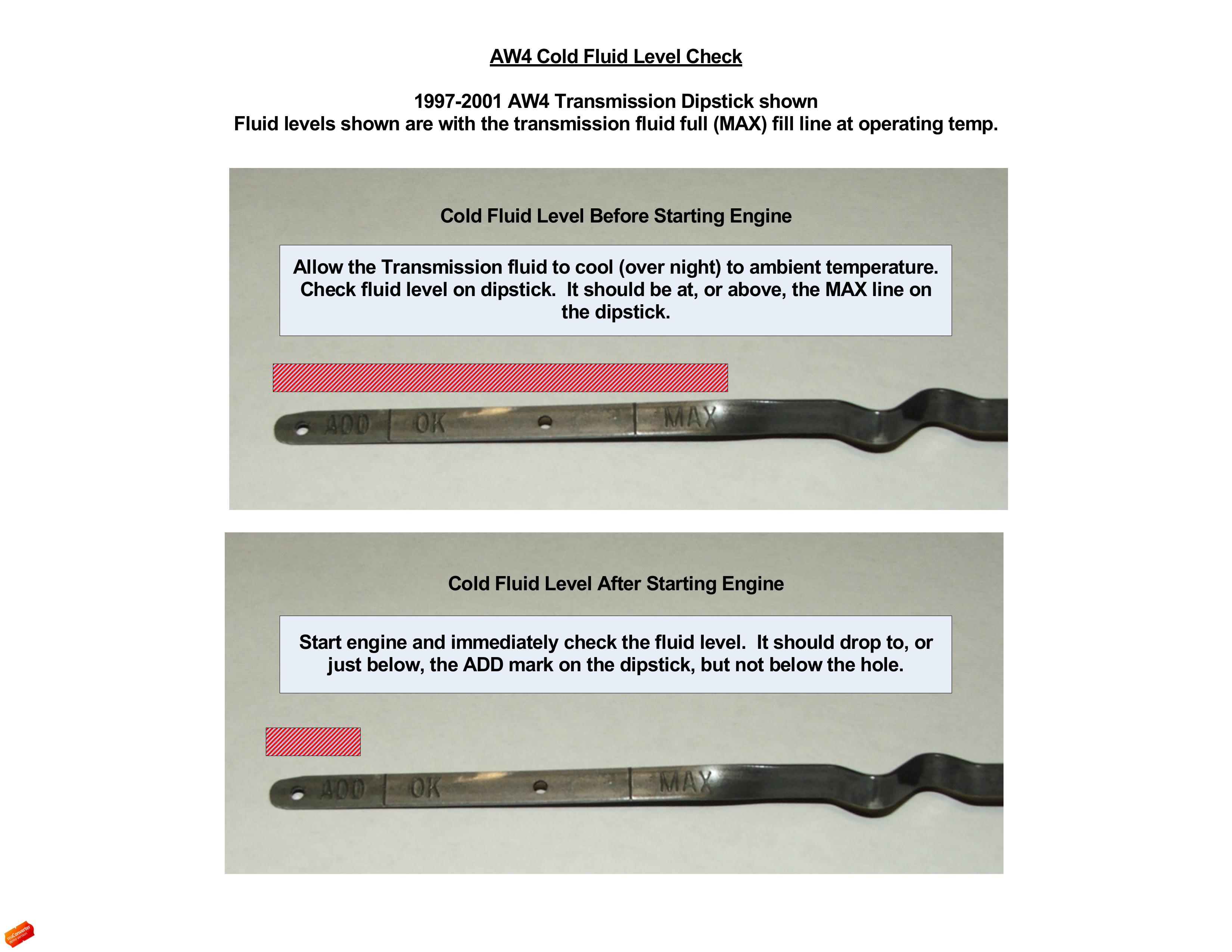Checking your car’s transmission fluid level is essential for smooth driving. A well-maintained transmission ensures your vehicle runs efficiently.
Transmission fluid lubricates moving parts and cools the system. Low or dirty fluid can cause serious damage. This guide will help you understand how to check your car’s transmission fluid level. Regular checks can save you from costly repairs. It’s a simple process that anyone can do with basic tools.
Follow these steps to keep your car in top shape. Let’s dive into the details and learn how to perform this important maintenance task.

Credit: www.thedrive.com
How To Check Automatic Transmission Fluid Level
Locate the transmission dipstick, usually near the engine. Pull it out, wipe clean, reinsert, and pull again to check the fluid level. Ensure the fluid is within the marked range.
Checking the automatic transmission fluid level is crucial for car maintenance. Proper fluid levels ensure smooth gear shifts and prevent costly repairs. Let’s explore how to do it correctly.
Gather Necessary Tools
Before starting, gather all needed tools:
- Dipstick: Used to measure fluid level.
- Clean rag: For wiping the dipstick.
- Funnel: To add fluid if needed.
- Transmission fluid: Correct type for your vehicle.
Warm Up The Engine
It’s important to warm up the engine:
- Start the car: Let it run for a few minutes.
- Reach operating temperature: This ensures accurate fluid reading.
- Park on a level surface: Ensures fluid settles evenly.
Locate The Dipstick
Finding the dipstick is the next step. Most vehicles have it near the engine. Look for a yellow or red handle. Check your manual if you can’t find it.
Check The Fluid Level
Once you locate the dipstick, follow these steps:
- Pull out the dipstick: Wipe it clean with the rag.
- Reinsert the dipstick: Push it all the way back in.
- Remove the dipstick again: Check the fluid level on the stick.
Inspect The Fluid Condition
Besides the level, inspect the fluid condition:
- Color: Should be red or pink.
- Smell: Should not smell burnt.
- Texture: Should be smooth, not gritty.
Add Transmission Fluid If Needed
If the fluid is low, add more:
- Use the funnel: Place it in the dipstick tube.
- Pour slowly: Add a little at a time.
- Recheck the level: Ensure you don’t overfill.
Drive And Recheck
After adding fluid, take these steps:
- Drive the car: A short drive to circulate the fluid.
- Park and recheck: Ensure the level is correct after driving.

Credit: www.cherokeeforum.com
Frequently Asked Questions
Do You Check Transmission Fluid With The Car Running?
Yes, check the transmission fluid with the car running. Ensure the engine is warm and the car is on a level surface.
What Is The Correct Way To Check Transmission Fluid Level?
To check transmission fluid level, warm up the engine, park on level ground, and keep the engine running. Locate the dipstick, pull it out, wipe it clean, reinsert, then pull it out again to check the fluid level. Ensure the fluid is within the marked range.
How To Know If Transmission Fluid Is Low?
Check for delayed gear shifts, unusual noises, or transmission slipping. Inspect the transmission fluid dipstick for low levels. Look for fluid leaks under the car.
Do You Check Transmission Fluid Level When The Engine Is Cold Or Hot?
Check the transmission fluid level when the engine is hot. Warm the engine, then park on a level surface.
Conclusion
Checking your transmission fluid level is simple and crucial. Regular checks help maintain your car’s performance. Follow the steps to ensure your transmission stays in good shape. Keep your vehicle running smoothly and extend its life. Always monitor fluid levels and consult your manual.
Stay proactive in car maintenance. Happy driving!
